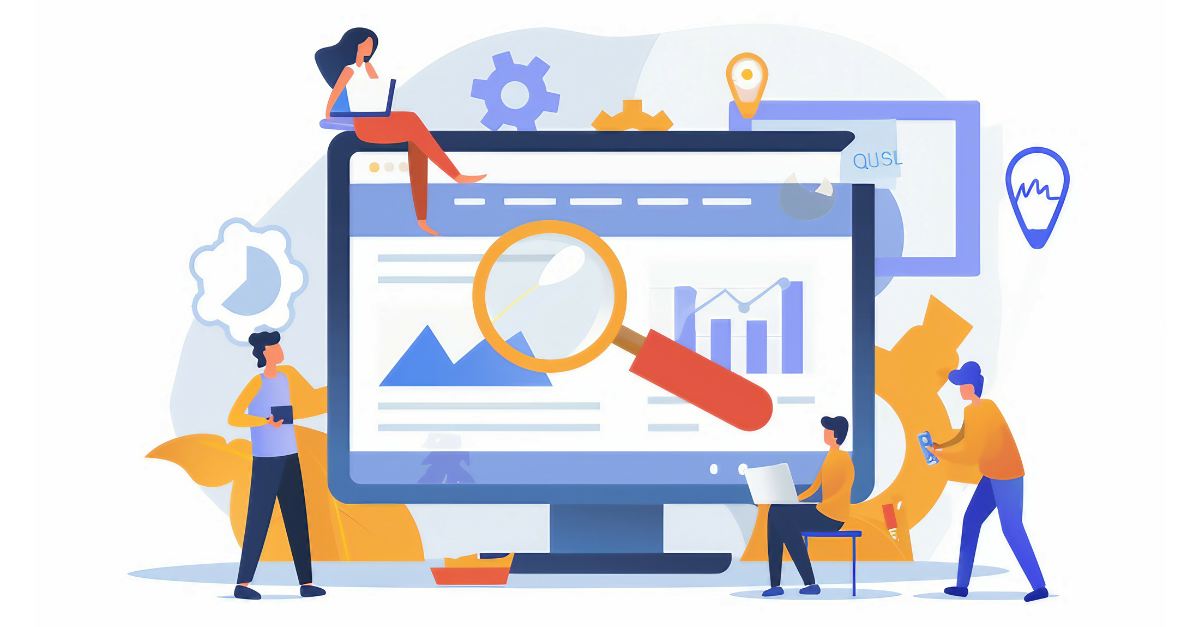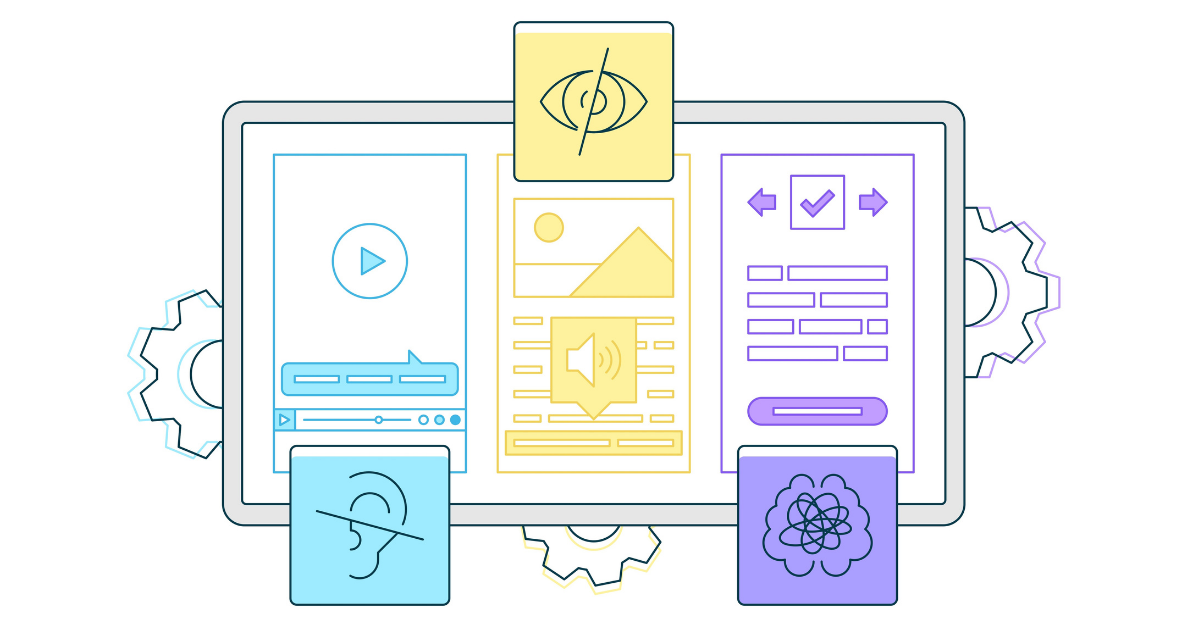It doesn’t matter how much money you spend on online marketing; if your website offers visitors a poor user experience, you’ll struggle to see a positive return on investment.
A badly built website is like a fishing net full of holes. You might be lucky to catch a few leads or sales, but you’ll have to work much harder to land a significant haul.
So, before you spend another cent on online marketing, take another look at your website and consider how you can optimize the user experience.
What is User Experience (UX)?
User Experience (or UX as it is commonly known) refers to a person’s overall experience when interacting with a website or app and encompasses everything from the ease of navigation to the overall satisfaction while browsing. The goal of UX optimization is to create platforms that are not only functional but also intuitive, enjoyable, and tailored to meet users’ needs. Ultimately, an optimized user experience results in higher user retention, improved conversion rates, and better overall interaction with a product or website.
7 Tips to Optimize Website User Experience
Website managers (remember when we used to call them webmasters?) must consider several key elements when optimizing user experience. In this article, we’ll highlight seven of the most critical components of website optimization, which you can start looking at today. However, it’s important to remember that any optimization program is an ongoing process. Even after making improvements, there’s always room for further enhancement. That’s why it’s essential to schedule regular reviews and updates to ensure your site continues to deliver the best possible experience.
Here’s how to start enhancing your user experience through effective website optimization:
1. Speed Matters: Optimize Your Loading Times
Website speed is one of the most important factors in UX. Studies show that a delay of even a few seconds in loading time can cause users to abandon a website. Slow speeds can also impact SEO, making it more difficult for users to find your website. A slow website can lead to lost traffic, diminished trust, and decreased revenue.
Optimization Tips:
- Compress images: Large image files can significantly slow down a site. Use image compression tools to reduce file size without losing quality.
- Leverage browser caching: Enable caching to store static files on a user’s local device, allowing the site to load faster on subsequent visits.
- Remove unnecessary resources: Remove images, scripts, stylesheets, or fonts that aren’t essential to your site’s design or functionality.
2. Mobile Responsiveness is Non-Negotiable
With more users accessing websites via mobile devices than desktops, optimizing for mobile is essential. A responsive design ensures that your site adjusts seamlessly to different screen sizes, making navigation easy whether on a phone, tablet, or desktop.
Optimization Tips:
- Adopt a mobile-first approach: Design your site with mobile users in mind first, then scale up for larger screens.
- Test on multiple devices: Regularly test your site on different mobile devices to catch and fix potential usability issues.
3. Clear Navigation and Intuitive Design
User experience is closely tied to how easily users can navigate your website. If they can’t find what they’re looking for within a few clicks, they’re likely to leave. A clear and intuitive navigation structure is critical.
Optimization Tips:
- Simplify your menu: Keep your menu structure straightforward and avoid overwhelming users with too many options.
- Use breadcrumbs: These allow users to track where they are within your site, which can be especially helpful for e-commerce sites or larger platforms with multiple layers.
- Highlight important sections: Use clear calls to action (CTAs), buttons, and highlighted areas to guide users through your website.
4. Enhance Content Readability
Content is king, but how it’s presented is equally important. Visitors should be able to easily read and digest your content. Poor typography, long paragraphs, and cluttered layouts can discourage users from engaging with your site.
Optimization Tips:
- Use legible fonts: Choose fonts that are easy to read on all screen sizes and ensure that the text is appropriately sized.
- Break up content: Use short paragraphs, bullet points, and subheadings to make your content more skimmable.
- Incorporate visual elements: Images, infographics, and videos can break up large blocks of text and keep users engaged.
5. Improve Accessibility
An optimized user experience must be inclusive. Ensuring your website is accessible to all users, including those with disabilities, can significantly improve UX and broaden your audience. By the way, accessibility isn’t a “nice to do” thing. It’s a legal requirement.
Optimization Tips:
- Use alt text for images: Screen readers rely on descriptive alt text to convey the meaning of images to visually impaired users.
- Add keyboard navigation: Some users rely on keyboards to navigate websites, so ensure that your site allows this functionality.
- Contrast and color choices: Make sure text is easily distinguishable from the background by using high-contrast color schemes.
6. Minimize Pop-ups and Distractions
While pop-ups can be useful for lead generation, too many can frustrate users and detract from their experience. Instead of bombarding visitors with multiple pop-ups, strategically place them where they add value without disrupting the browsing experience.
Optimization Tips:
- Limit pop-ups: Use one or two well-timed pop-ups, and ensure they don’t block important content.
- Add exit-intent triggers: Consider using pop-ups when a user is about to leave the site rather than during their browsing session.
- Provide easy-to-close options: Always include a clearly visible “close” button or link to reduce user frustration.
7. Use Analytics for Continuous Improvement
Website optimization is an ongoing process. Analyzing user behavior through tools like Google Analytics can give you insights into how visitors interact with your site and where improvements can be made.
Optimization Tips:
- Track user flows: See how users are navigating through your site and identify any points of friction or drop-offs.
- A/B test changes: Whether it’s a new CTA, a different layout, or new content, test small changes to see what works best for your audience.
- Use heatmaps: Visualize where users are clicking and scrolling on your website to optimize layout and content placement.
Take Your Website to the Next Level
If you’re looking to enhance your website or app’s user experience while maximizing the return on your online marketing investment, the website optimization experts at emfluence are here to help. Our team specializes in creating user-friendly digital experiences that engage visitors and drive results. Ready to take your website to the next level? Contact us today at expert@emfluence.com and start optimizing your website for a better user experience.



